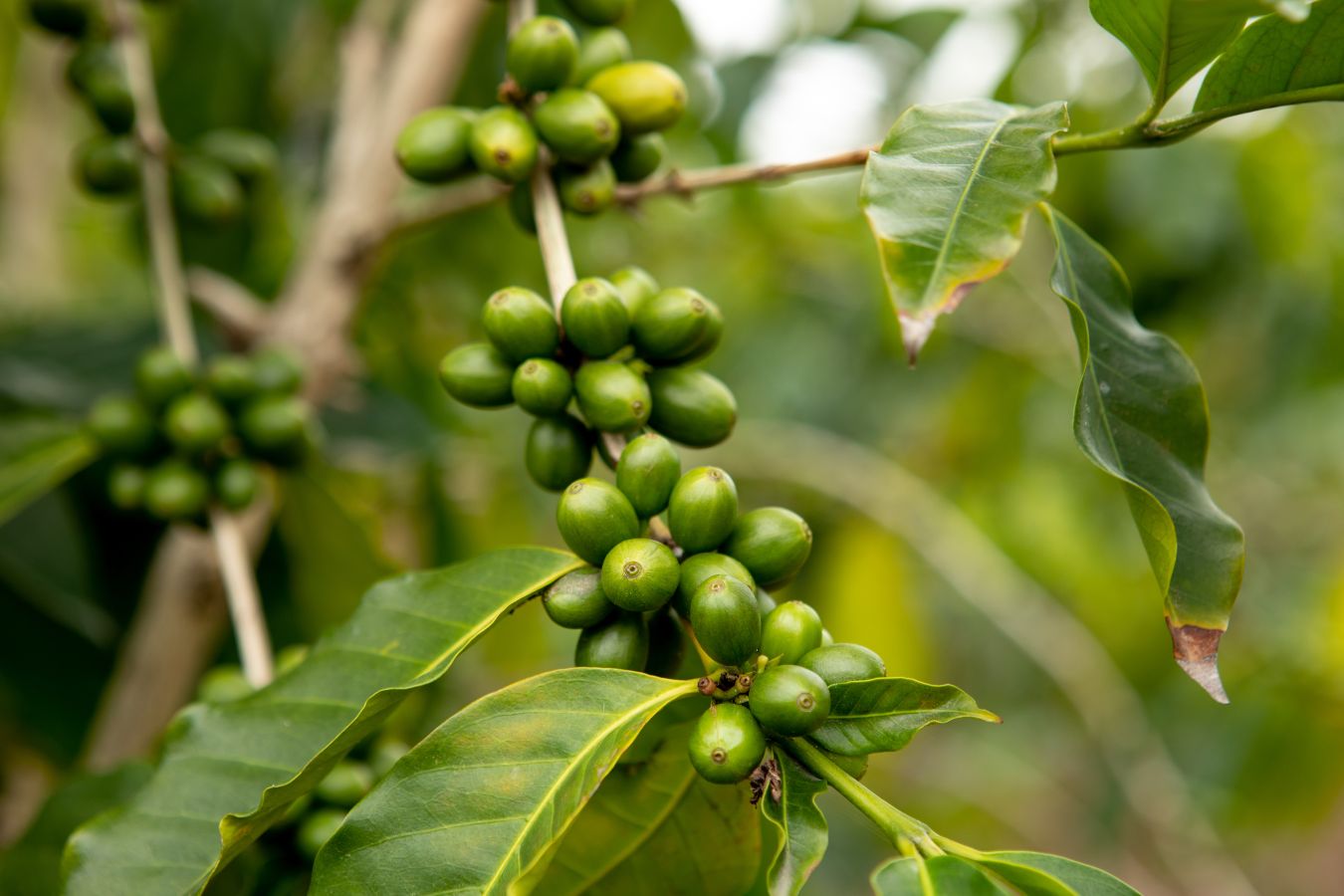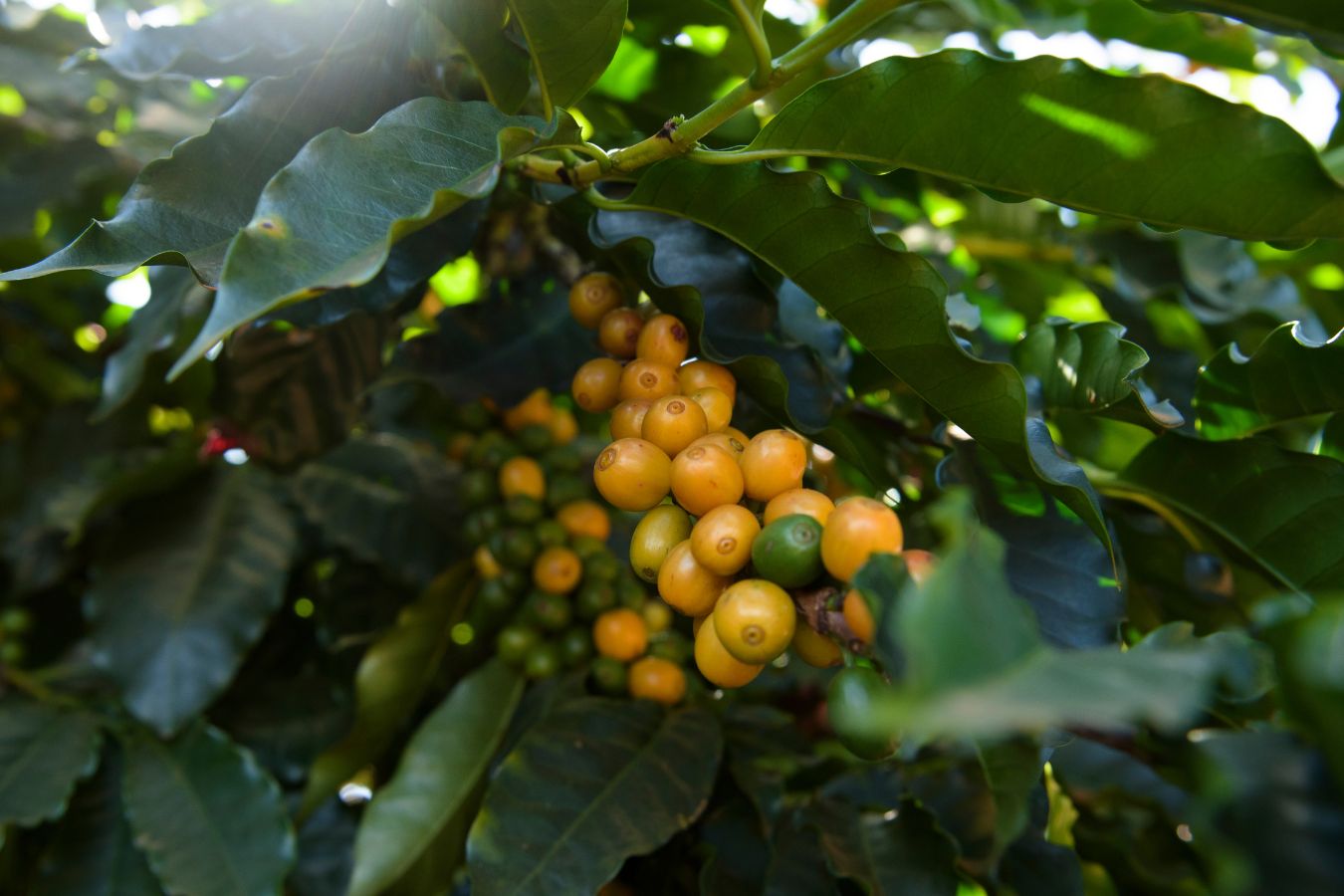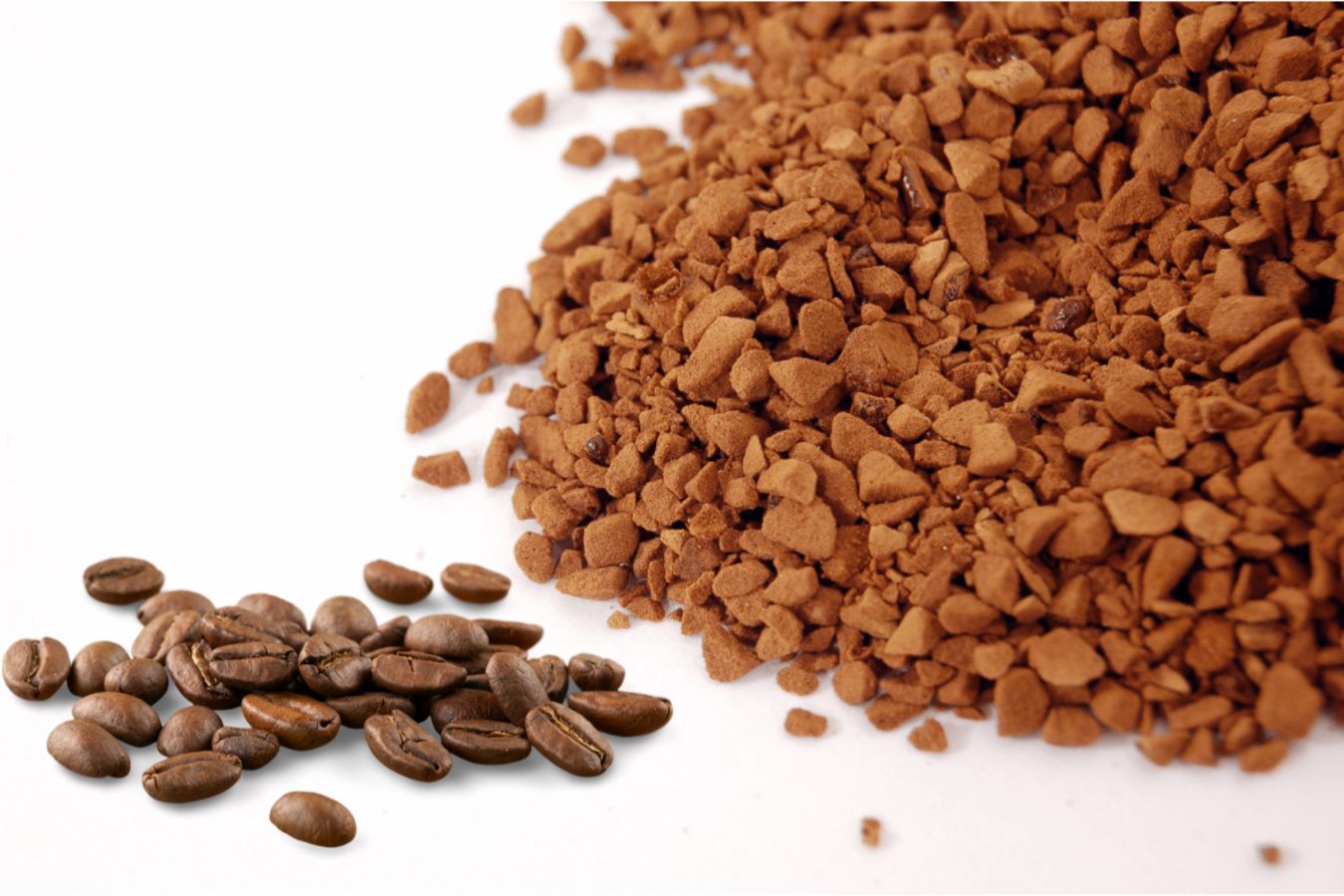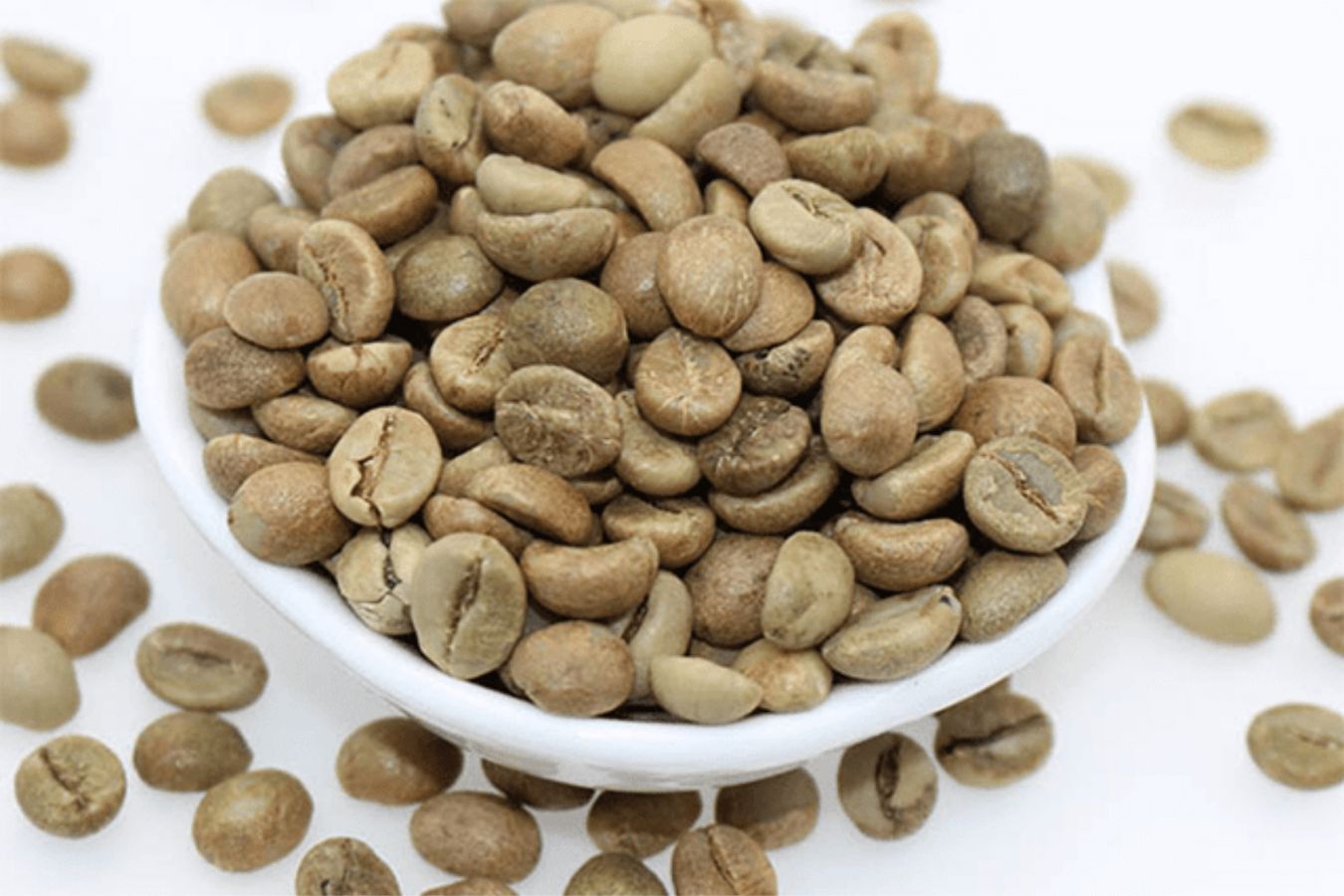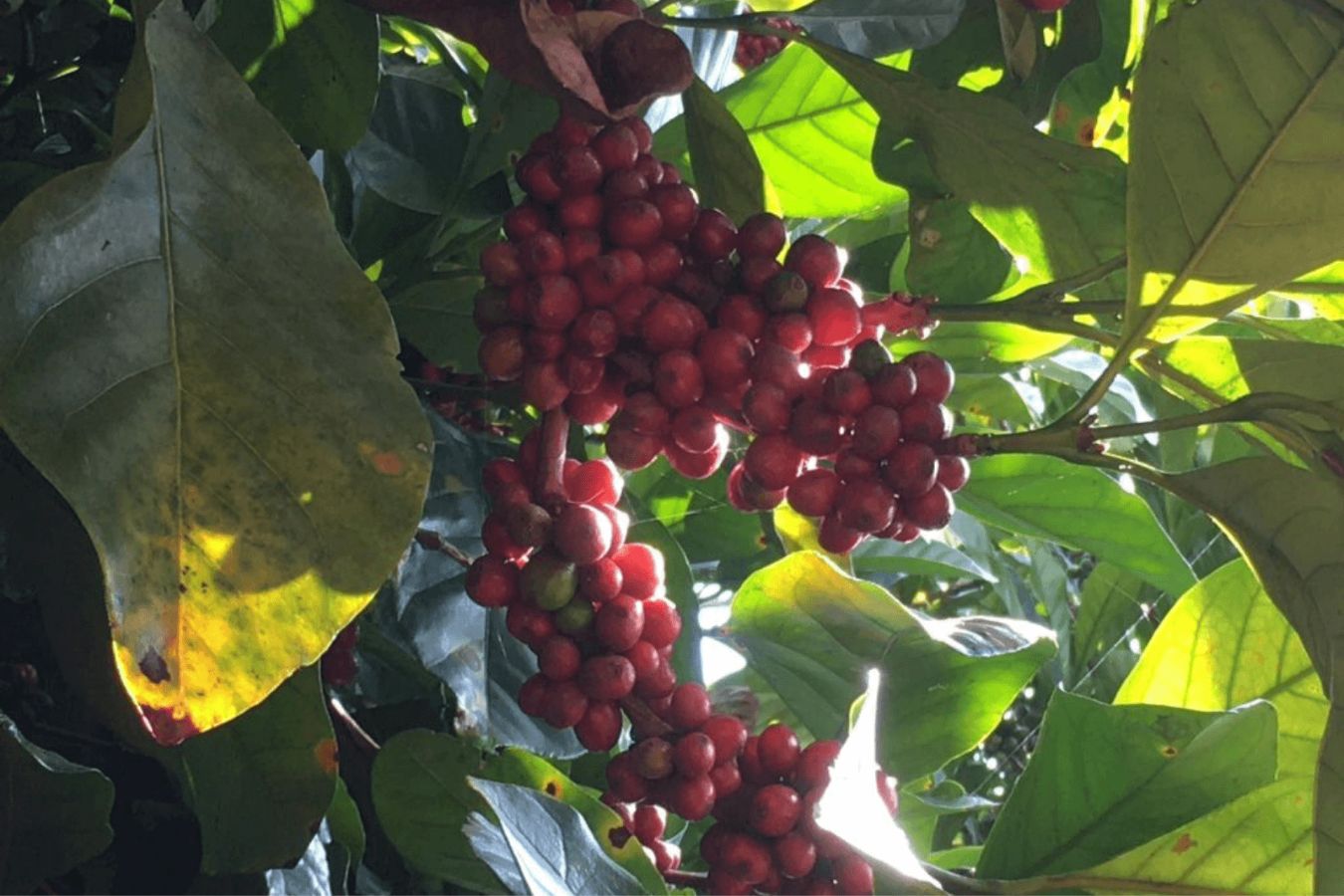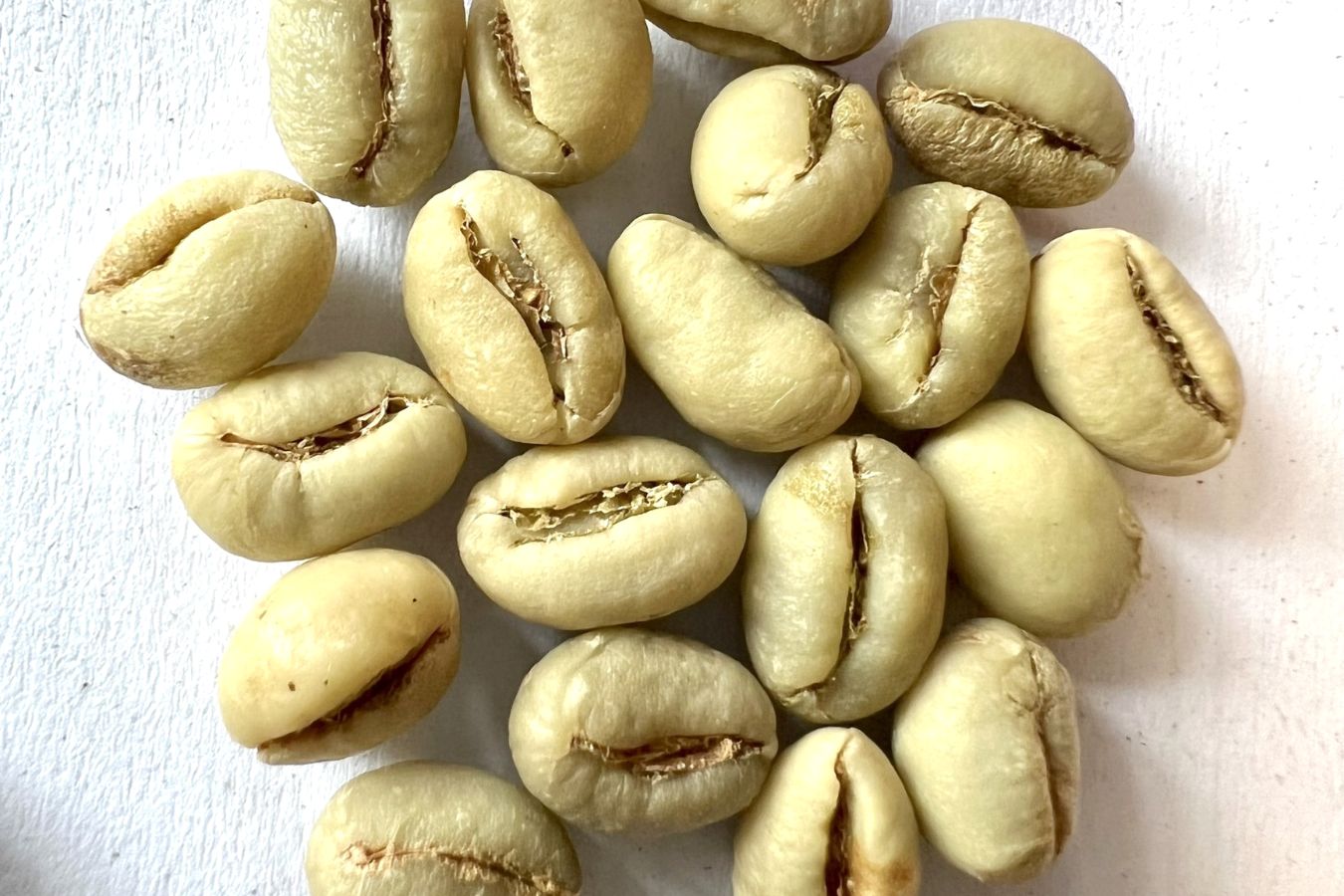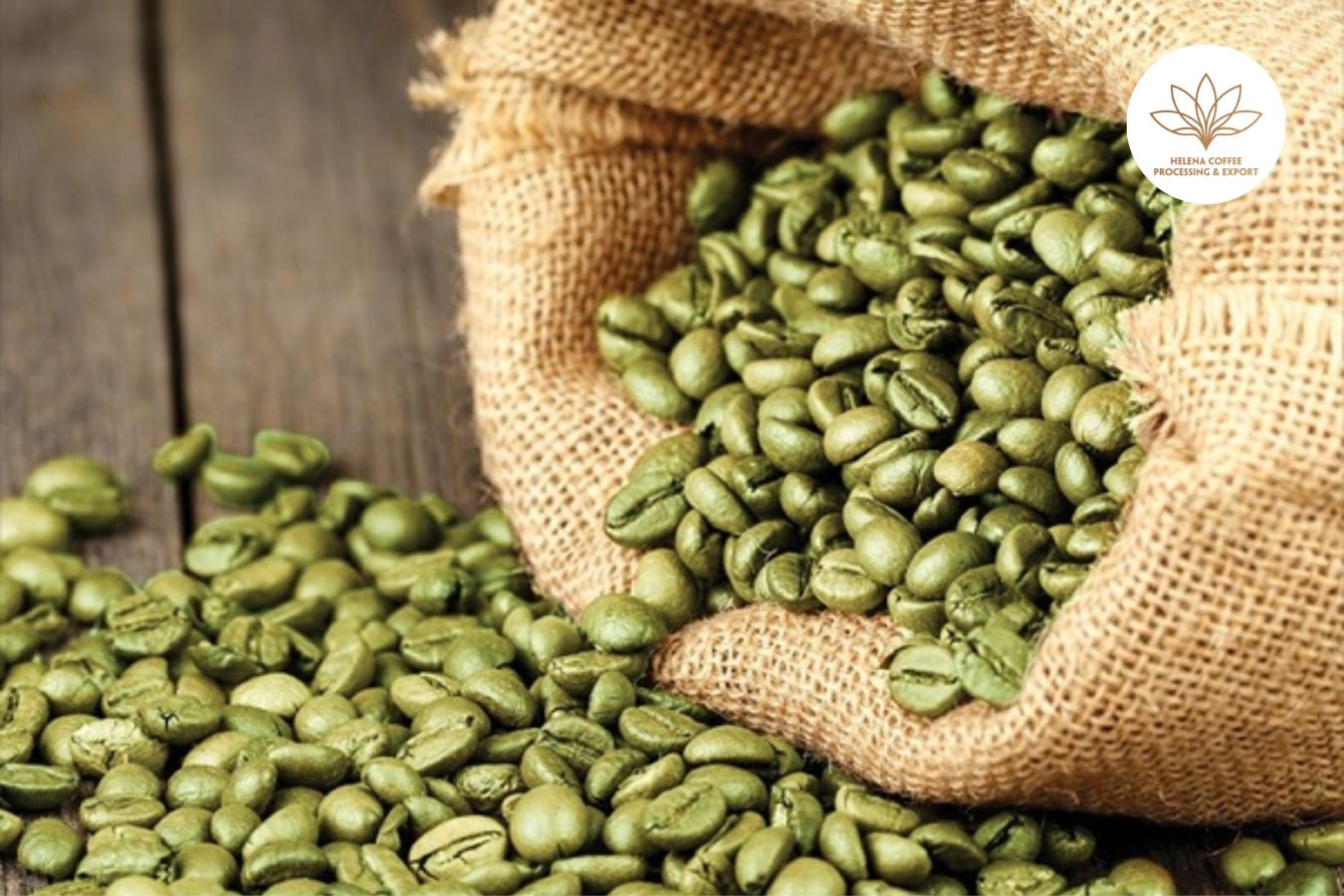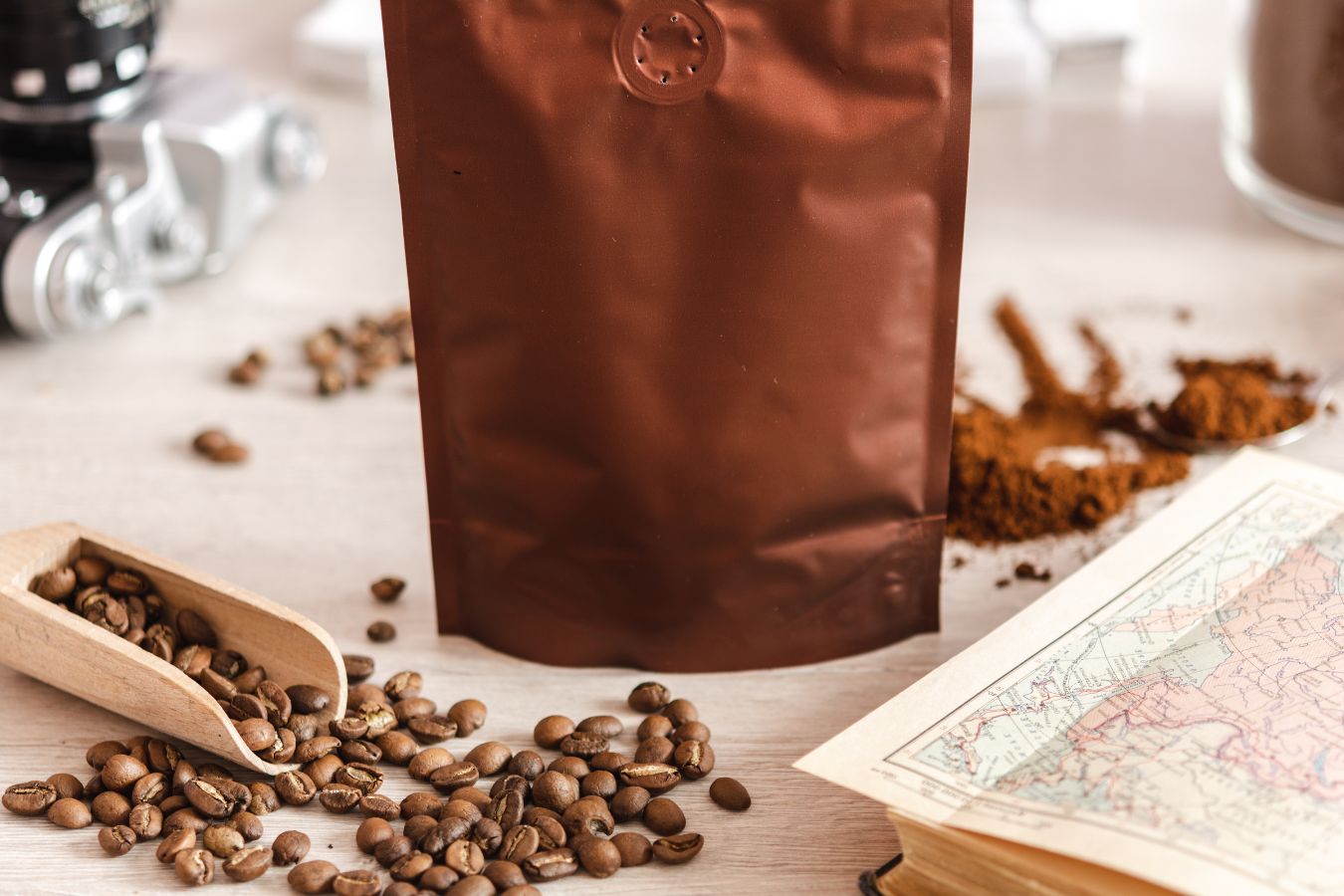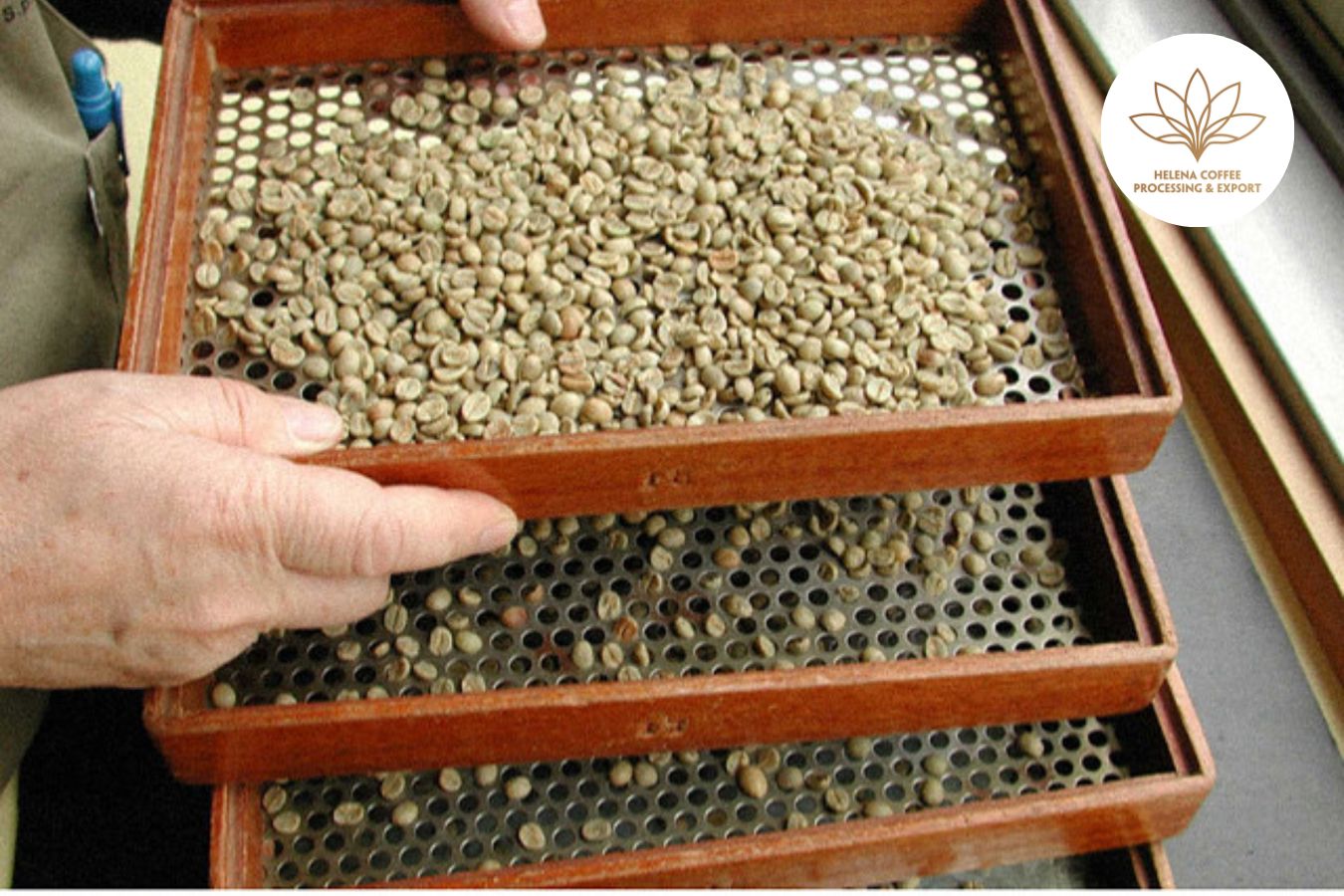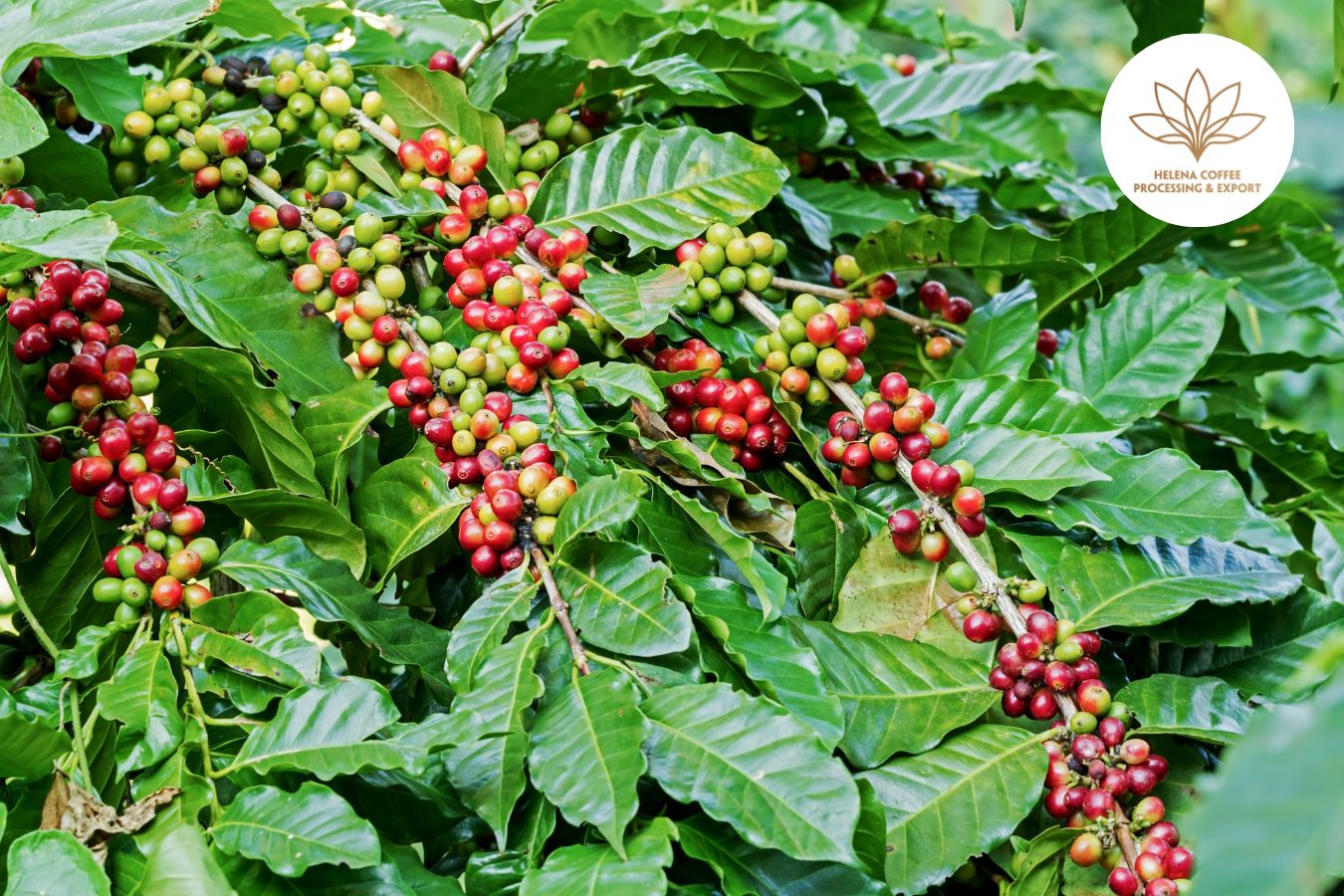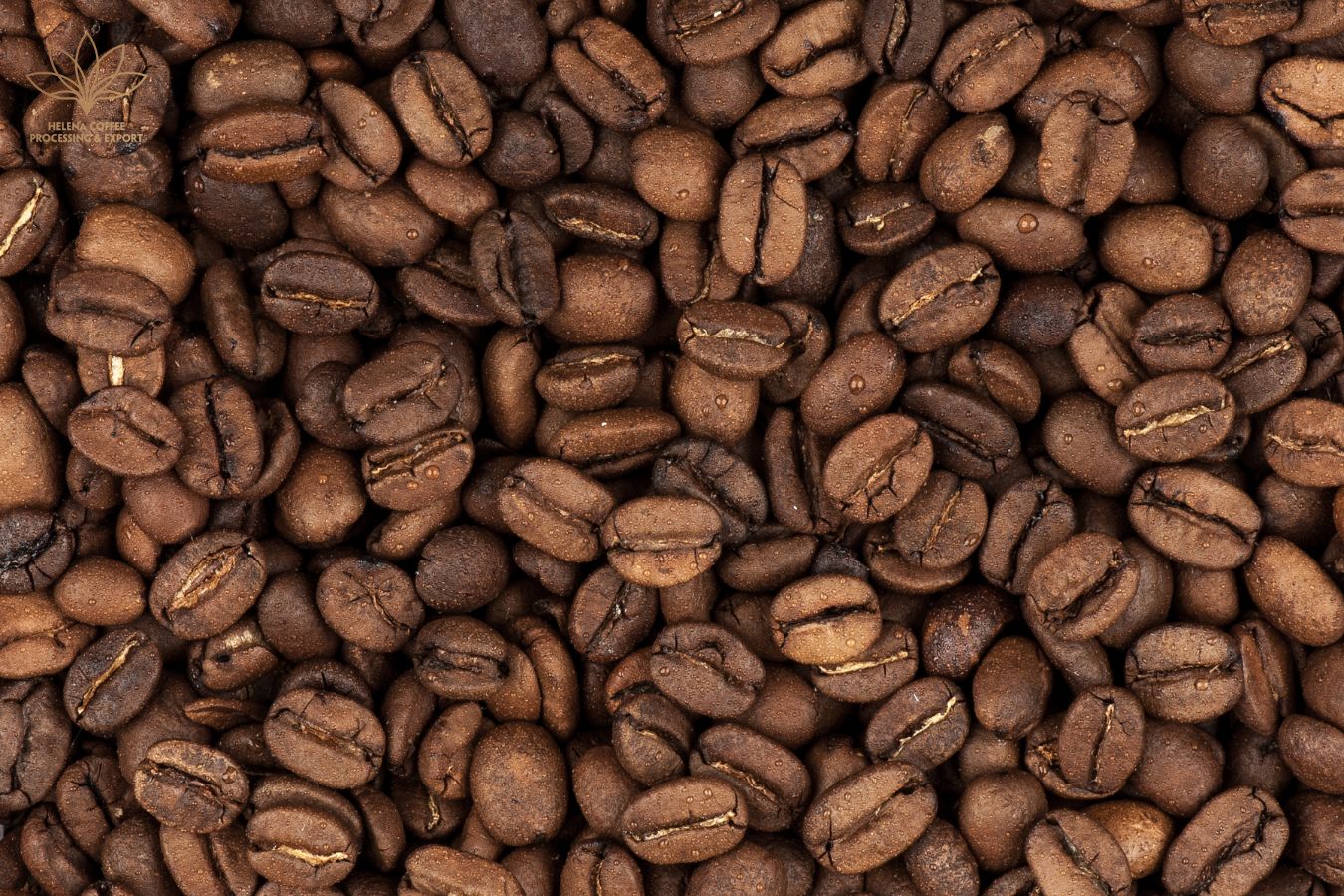 Bean
Bean Quaker Beans And Coffee Quality
What is Quaker?
Quaker is the term used to describe immature beans and therefore does not achieve the same roast and color as other beans in the same roast.
The main reason for having Quakers is unripe coffee berries in the preliminary processing. Unripe coffee cherries can be identified by color (e.g., green) or weight.
Washed coffee often has fewer Quakers than natural because the berries are in the water, so lighter Quakers will float to the surface and be skimmed off.
However, …
